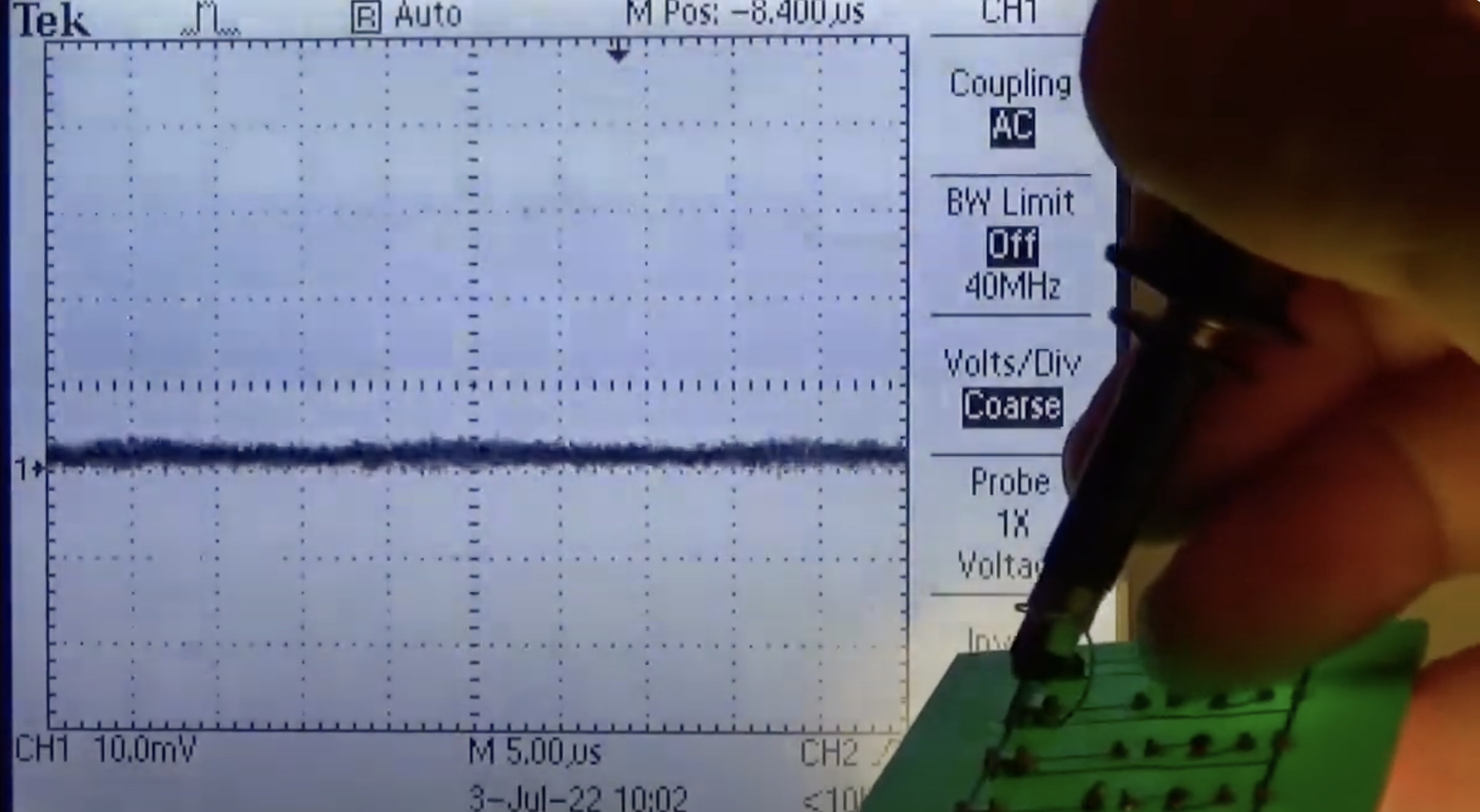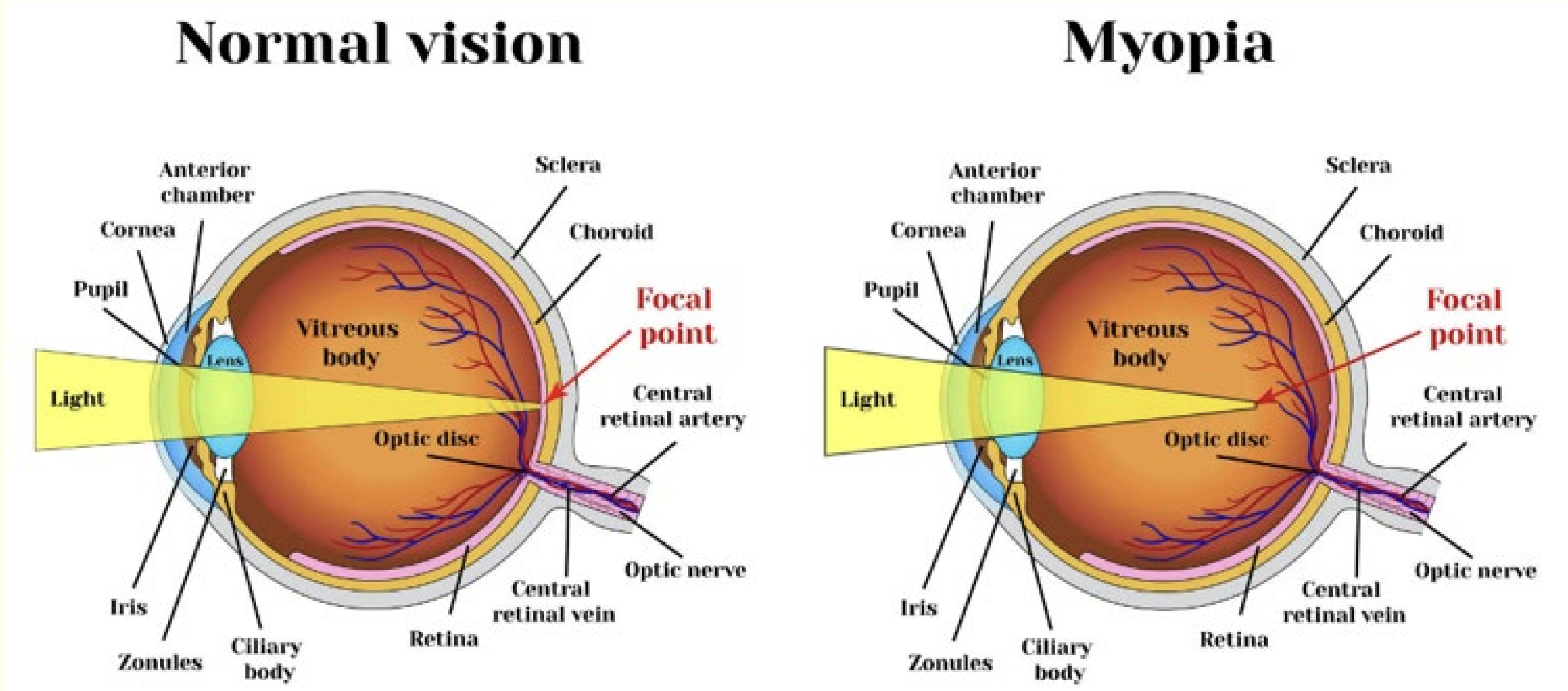all lamp comparison
| harmful components | incandescent | Fluorescent | Market LED | BrightQuantum LLC LED | impact on vision and health |
|---|---|---|---|---|---|
| flicker | Yes[1] | Yes[1][3] | Yes[1][3] | No[1][2][3] | myopia[4][5][6][7][8] |
| infrared | Yes[9] | some have[10] | Some have[11] | No[12] | cataract[13][14][15][16] |
| peak green or red light | Yes[9] | Yes[10] | No[11] | No[12] | myopia[17][18] |
| ultraviolet | a little[9] | Yes[10] | Some have[11] | No[12] | cataract, macular degeneration[19][20] |
| peak blue light | No[9] | Yes[10] | Yes[11] | No[12] | macular degeneration[21][22][23] |
[1]iPhone2 photo of lamps

the stripes of the photo are the flicker light of different lamps: an incandescent lamp, a fluorescent lamp and a LED lamp
iPhone2 photo of bright quantum LLC lamps

there are no stripes of the photo are the flicker light of different lamps: an incandescent lamp, a fluorescent lamp and a LED lamp
iphone2 photo of lamps in *KEA
https://uprightlighting.wordpress.com/2022/07/22/iphone2-photo-of-lamps-in-kea/
iPhone2 photo of lamps in *omedepot
https://uprightlighting.wordpress.com/2022/07/22/iphone2-photo-on-lamps-in-omeepot/
iPhone2 photo of lamps in *ryce
https://uprightlighting.wordpress.com/2015/01/24/hello-world/
iPhone2 photo of vision protection lamps in China market
iPhone2 photo of laptop computer

on the left, the stripes showed flicker on a smart phone; on the right, the stripes showed flicker on a laptop computer.
[2]new version of smart phone cannot detect the stripes for the anti-shake algorithm takes several photos in a row and then averages the pixel brightness, you can use an oscilloscope to capture the ac voltage ripple


Left photo is one vision protection lamp had top sale rank on Amazon; right photo is the AC voltage ripple across the lamp LED beads
DC voltage is 12volt, but AC ripple is 3volts, percent flicker is 3/12=25%, high percent flicker will cause eyestrain and myopia, how can it has vision protection?
The video showed flicker measurement https://www.youtube.com/watch?v=2z6gUob995I


Left photo is one vision protection lamp had top sale rank on Amazon; right photo is the AC voltage ripple across the lamp LED beads
AC ripple is 544mv, flicker is high, high percent flicker will cause eyestrain and myopia, that is harmful to eyes
The video showed flicker measurement https://www.youtube.com/watch?v=wV7Fs-YDSis


Left photo is our vision protection lamp; right photo is the AC voltage ripple across the lamp LED beads
AC ripple is 0mv, percent flicker=0, does not cause eyestrain or myopia, unique 0 flicker lamp
The video showed flicker measurement https://www.youtube.com/watch?v=xJNs7RLKNAg
[3]Percent flicker and flicker index measurement


left table is the test result by Luminaire Testing Laboratory, Inc. showing the percent flicker of all different lamps: 100W MH is 100W Metal Halide lamp; T12 magnetic is T12 magnetic fluorescent lamp; T5HO ELEC is T5 HO electronic fluorescent; LED at DC is a LED lamp at DC constant current; LED w/flicker is a LED lamp with pulse current. The right photo is percent flicker and flicker index explanation of energy star;

the above photo is the test result of our lamp:percent flicker=0%, flicker index=0
AC ripple is 0mv, percent flicker=0, does not cause eyestrain or myopia, unique 0 flicker lamp
all other lamps have percent flicker>0% that induces myopia.energy star document
National Light test center report 20150374E
research on myopia induced by flicker.
[4]lens shape of myopia

constant exposure to flicker causes the ciliary muscles to stay in a tense position for long periods of time, which reduces their elasticity and renders them unable to adjust lenses to focus on faraway objects.
myopia vs normal vision


myopia vision had blurred image.
[5]Hospital of Nantong University in China found myopia can be induced by low frequency "flicker light" in B6 mice. Forty-five 28-day-old C57BL/6 (B6) mice were randomly assigned to three groups: control group, "flicker light" stimulation group and form deprivation (FD) group. Mice in the control group were raised under 250 lux illumination from 8:00 a.m. to 8:00 p.m. Mice in the "flicker light"group were raised under illumination with a duty cycle of 50% at a flash rate of 2 Hz from 8:00 a.m. to 8:00 p.m. for 6 weeks. After 6 weeks' exposure to "flicker light", the flicker light stimulation group became more myopic compared with the control group
[6]Latrobe university in Australia did research: Chicks were reared for 6 or 7 days with monocular +/-10 D, 0 D, or No Lenses in a 12h light/dark cycle. Luminance of the environment was temporally modulated during the light cycle with a non-square wave profile pulse of 250 msec duration, with the illumination fluctuating between 1.5 and 180 lux at 1 Hz, 2 Hz, 4 Hz or with no flicker (0 Hz-180 lux).However, under 1, 2 and 4 Hz flickering light conditions, there was an overall myopic offset of approximately 6D across lens groups with refractive compensation to positive lenses more strongly inhibited.
[7]FuDan university did research: Forty-five 2-week-old guinea pigs were randomly divided into three groups, as follows: the control group, form-deprivation myopia (FDM) group, and Flicker light-induced myopia (FLM) group.Guinea pigs in the FLM group were raised under illumination with a duty cycle of 50% at a flash rate of 0.5 Hz.The refraction of the FLM group became more myopic throughout the experimental period,Myopia can be induced by 0.5-Hz FL in guinea pigs at puberty.
[7]Fu Dan university found Myopia induced by flickering light in guinea pig eyes
[8]Research published on Lancet: Smart device screen time alone (OR 1·26 [95% CI 1·00–1·60]; I2=77%) or in combination with computer use (1·77 [1·28–2·45]; I2=87%) was significantly associated with myopia.
[9]spectrum of incandescent lamp has infrared component, peak red light,some have a little ultraviolet
the area with wavelength>760nm is infrared, infrared is very strong in the spectrum of incandescent lamp, infrared leads to cataract.
the area with wavelength between 620nm and 750nm is red light zone, red light is also strong, red light induces myopia.

[10]spectrum of most fluorescent lamp on market
the area with wavelength<400nm is ultra violet inducing cataract. Area with wavelength between 400 and 450nm is blue light leading to macular degeneration, green spike that is strong green light resulted in myopia.


[11]spectrum of LED lamp on market

Left photo is the spectrum of commercial LED lamp, blue light is very strong. Longer term of exposure to blue light will induce macular degeneration, some lamp have ultraviolet(<400nm) or infrared (>760nm)
[12]spectrum of Bright Quantum LLC LED lamp

Left photo is the spectrum of bright Quantum LLC LED lamp, peak blue light is small. No ultraviolet, no infrared, peak of the spectrum is at yellow color zone, no strong blue, no strong green, no strong red
removed the risk of cataract, retina damage, macular degeneration and myopia related to light.
research on infrared leading to cataract.
cataract eye and vision


[13]Fifteen New Zealand rabbits were used in the present work. The rabbits were classified into three groups; one of them served as control. The other two groups were exposed to IR radiation for 5 or 10 minutes. Conclusion: The protein of eye lens is very sensitive to IR radiation which is hazardous and may lead to cataract.
[14]occupational exposure to infrared (IR) radiation increases the risk of developing cataract. Acta Ophthalmol Suppl. 1984:166:1-63.
https://pubmed.ncbi.nlm.nih.gov/6091398/
[15]Uppsala University in Sweden research data suggest that near infrared radiation may cause cumulative damage in the ocular lens
https://pubmed.ncbi.nlm.nih.gov/21946042/
[16]University of Texas at Austin found the 1300-nm ocular damage data have yielded unusual characteristics where continuous wave retinal damage was observed in rabbit models.
https://pubmed.ncbi.nlm.nih.gov/19021385/
research on peak green light or red light developing myopia.
[17]Fudan University found guinea pigs in the green-light group had a somewhat myopic refractive status.
[18]Peking Union Medical College Hospital found guinea pigs raised in long-wavelength red light illumination developed a significant myopia.
research on ultraviolet as a factor for cataract, macular degeneration.
[19]Fordham University, New York City found Ultraviolet radiation as a risk factor for cataract, macular degeneration and damage to the retinas of children. The removal of these wavelengths from ocular exposure will greatly reduce the risk of early cataract and retinal damage
[19]Eye Contact Lens.2011 Jul;37(4):246-9.doi:10.1097/ICL.0b013e31821cbcc9[20]French doctors found chronic exposure to ultraviolet cause pterygion, appearance of the typical yellow pigments of the nuclear cataract and the progression of retinal degenerations.
Xhauflaire G,Uhoda E,Rakic JM, Eye and ultraviolet light, Rev Med Liege. 2005;60 Suppl 1:99-102.
research on peak blue light inducing macular degeneration.


[21]Laboratory of Pharmacology, National Institute of Environmental Health Sciences found the association between blue light induced retinal injury and macular degeneration.
[21]We conclude that in the rat eye, blue-light exposure promotes oxidation of A2E and iso-A2E to the products that are toxic to retinal tissue. This effect may partially explain the association between blue light induced retinal injury and macular degeneration.[22]University of Texas Southwestern medical center in Texas: research shows that excessive blue light exposure may cause age-related macular degeneration
https://pubmed.ncbi.nlm.nih.gov/21536341/
[23]Laboratory of Pharmacology, National Institute of Environmental Health Sciences concluded that blue light induced retinal injury and macular degeneration
https://pubmed.ncbi.nlm.nih.gov/20922251/
